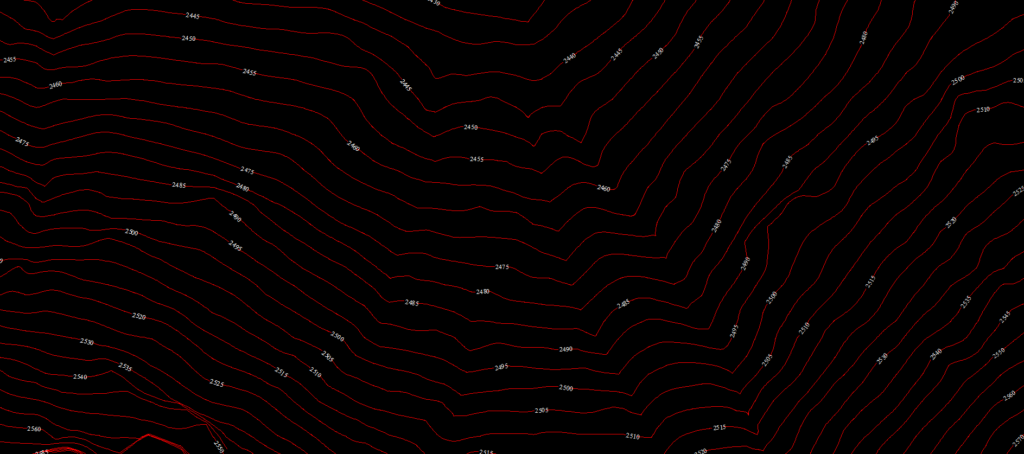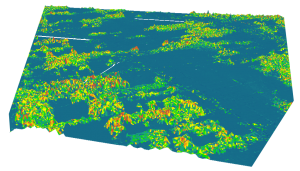

Older methods of generating DEMs often involve interpolating digital contour maps that may have been produced by direct survey of the land surface. Mappers may prepare digital elevation models in a number of ways, but they frequently use remote sensing rather than direct survey data. Some scientists, however, object to vertical exaggeration as misleading the viewer about the true landscape. In these oblique visualizations, elevations are sometimes scaled using " vertical exaggeration" in order to make subtle elevation differences more noticeable. Visualizations are sometime also done as oblique views, reconstructing a synthetic visual image of the terrain as it would appear looking down at an angle.

This visualization may be in the form of a contoured topographic map, or could use shading and false color assignment (or "pseudo-color") to render elevations as colors (for example, using green for the lowest elevations, shading to red, with white for the highest elevation.). The digital elevation model itself consists of a matrix of numbers, but the data from a DEM is often rendered in visual form to make it understandable to humans. Relief map of Spain's Sierra Nevada, showing use of both shading and false color as visualization tools to indicate elevation

In the following, the term DEM is used as a generic term for DSMs and DTMs. It is possible to estimate a DTM from high resolution DSM datasets with complex algorithms (Li et al., 2005). Some datasets such as SRTM or the ASTER GDEM are originally DSMs, although in forested areas, SRTM reaches into the tree canopy giving readings somewhere between a DSM and a DTM). Most of the data providers ( USGS, ERSDAC, CGIAR, Spot Image) use the term DEM as a generic term for DSMs and DTMs. Other definitions equalise the terms DEM and DTM, equalise the terms DEM and DSM, ĭefine the DEM as a subset of the DTM, which also represents other morphological elements, or define a DEM as a rectangular grid and a DTM as a three-dimensional model ( TIN). ĭEM is often used as a generic term for DSMs and DTMs, only representing height information without any further definition about the surface. In contrast to a DSM, the digital terrain model (DTM) represents the bare ground surface without any objects like plants and buildings (see the figure on the right). In most cases the term digital surface model represents the earth's surface and includes all objects on it. There is no universal usage of the terms digital elevation model (DEM), digital terrain model (DTM) and digital surface model (DSM) in scientific literature.

Digital Terrain Models represent the bare ground. Surfaces represented by a Digital Surface Model include buildings and other objects.


 0 kommentar(er)
0 kommentar(er)
